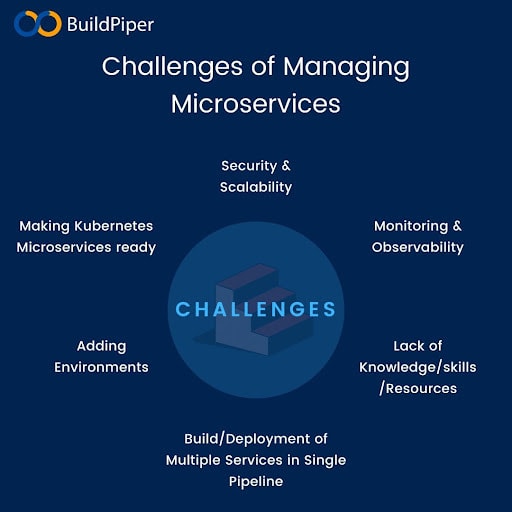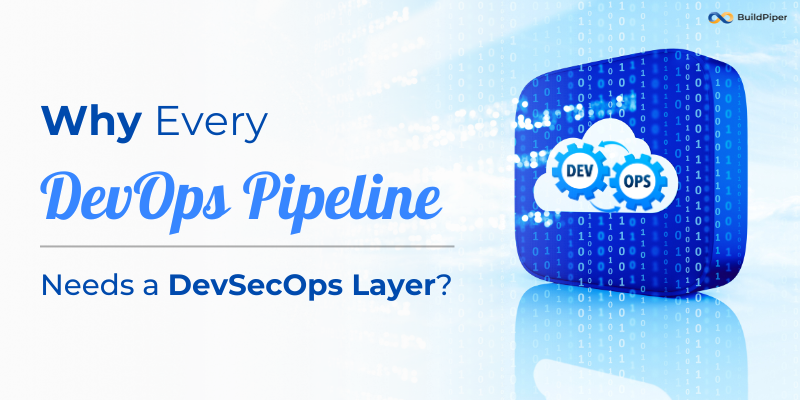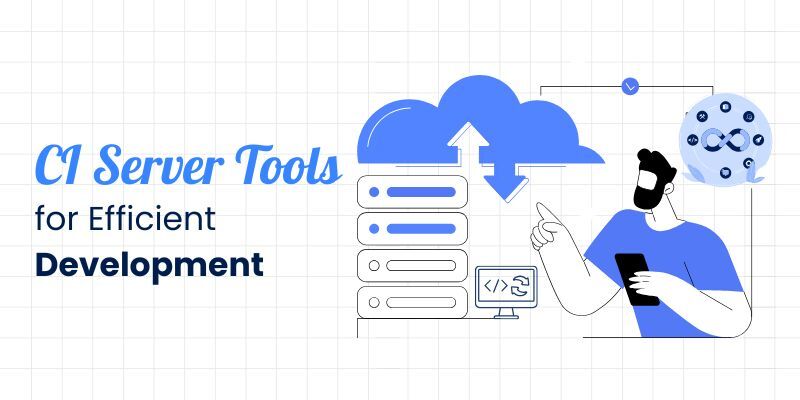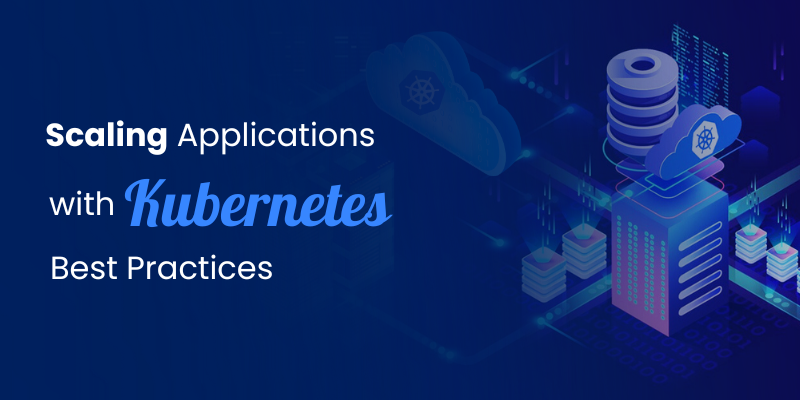
77% of the total respondents in a survey had adopted Microservices, with 92% experiencing success with Microservices, says a report
Microservices have become a standard approach for enterprise app development and many newly built applications are natively adopting its core principles. But migrating business apps to the cloud isn’t as easy as it sounds to be.
Here are 5 common pitfalls that can hinder the migration process.
1. Unplanned Migration Strategy: EC2
Rushing into microservices adoption is one of the most common mistakes that IT teams often make. Performance issues and functionality problems arise when microservices migration is done without the right strategy and adequate infrastructure investments in hand.
2. Making Services too Small
If services are too small, DevOps teams may end up using more services than they can actually manage. Each microservices being deployed in a separate container can create considerable overhead which can hinder the automation of other crucial tasks.
3. Coupling Services too Tightly- Control Affinity
Software teams tend to commit the mistake of keeping the services coupled too tightly, similar to a monolithic design. On the contrary, in a Microservices architecture, services exist as independent entities that aren’t dependent on each other to function.
4. Storing Logs in Containers
Logging becomes too complicated in Microservices especially when coders place these logs inside individual container instances. These instances are hard to find, and logs stored in a short-lived container get deleted, once the container is terminated.
5. Complex Monitoring
Since Microservices components are developed on completely different technology stacks, these distributed and communicating services with dissimilar stacks make it difficult to detect where exactly the issue was originated.

BuildPiper- The most reliable Microservices DevSecOps Platform!
Investing in a powerful and effective Microservices management platform- such as BuildPiper can help enterprises to avoid these Microservices pitfalls and overcome complex Microservices challenges.
With out-of-the-box capabilities such as Managed Kubernetes, Managed Microservices, Secured CI/CD Pipelines, Security, Observability & Compliance– BuildPiper has evolved as the Most Powerful Microservices Delivery Platform in the industry today!
BuildPiper helps in delivering dockerized code along with enhanced functionalities right from a coder’s workstation to the scalable, secured and standard production environment in under a day through its incredible functionalities that include,
- Setting up a new Kubernetes cluster and enabling smooth onboarding of existing K8s cluster.
- Highly intuitive onboarding and management of complex lifecycles of Microservices.
- Comprehensive CI analysis and customizable CI gate checks enabled CD Pipelines for Macro & Micro builds and deployments.
- Detailed observability with robust security and compliance via industry-standard tools such as ISTIO, Hashicorp Vault, etc.
- 360-degree cluster observability via user-friendly Kubernetes dashboard.
Explore more about BuildPiper and its other interesting features here Schedule a demo TODAY!
Buildpiper is an End to End Microservices Delivery Platform.



